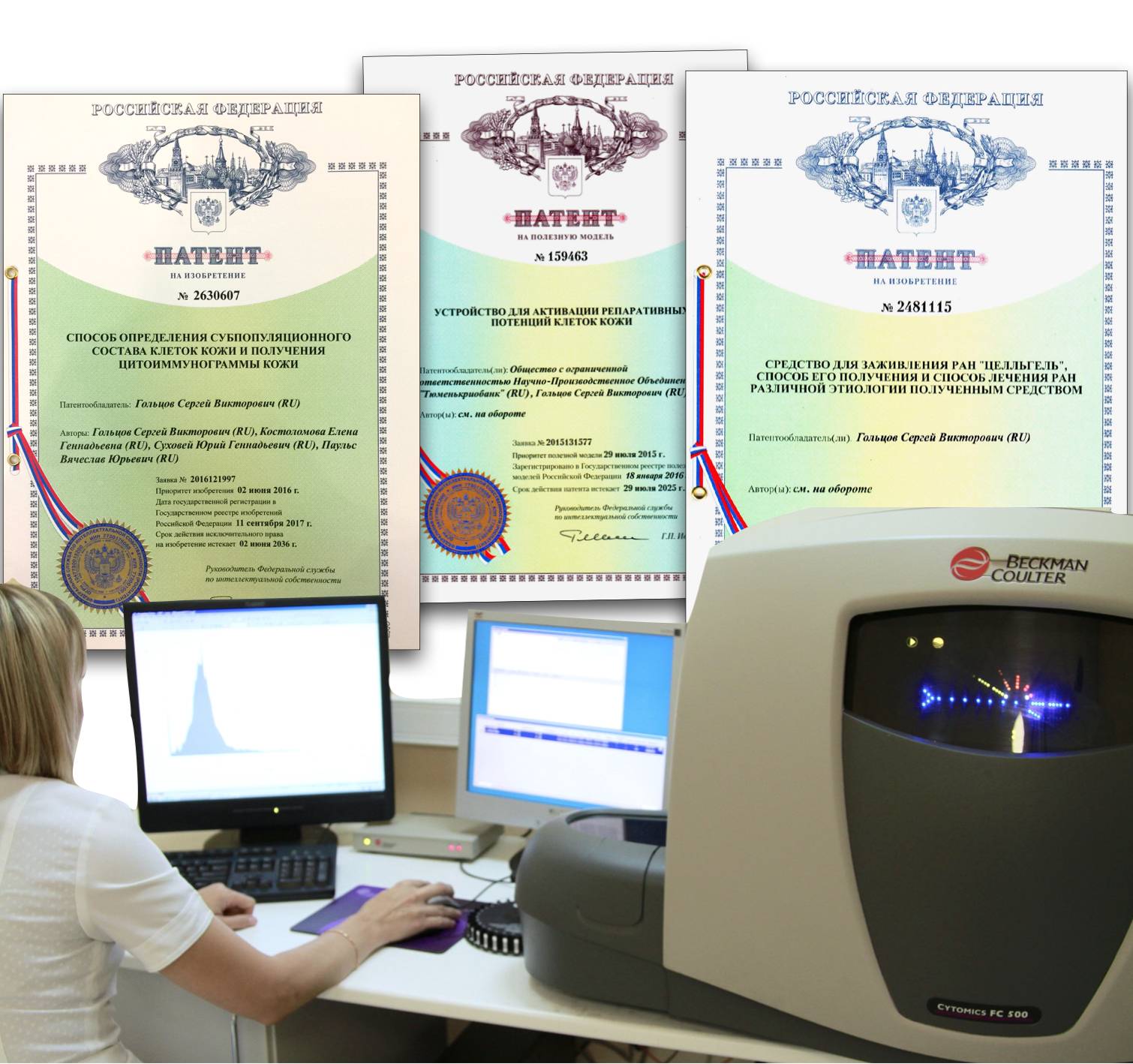In 2017, the Presidential Council for Strategic Development and Priority Projects outlined the main performance criteria for the healthcare sector - accurate and fast diagnosis, effective treatment, friendly attitude to the patient, availability, quality and effectiveness of medicines. They were enshrined in the Presidential Decree No. 254 of June 6, 2019 "On the Strategy for the Development of Healthcare in the Russian Federation for the period until 2025". Moreover, accurate diagnostics was specified as a priority.
At the same time, in 2016 it was noted that in terms of prevalence, skin diseases in the Russian Federation were among the top five among all diseases. The incidence was recorded in every 25th of the adult population. In absolute numbers, 8,604,183 cases of skin and subcutaneous tissue diseases were registered, with 6,240,955 cases registered for the first time [123].










